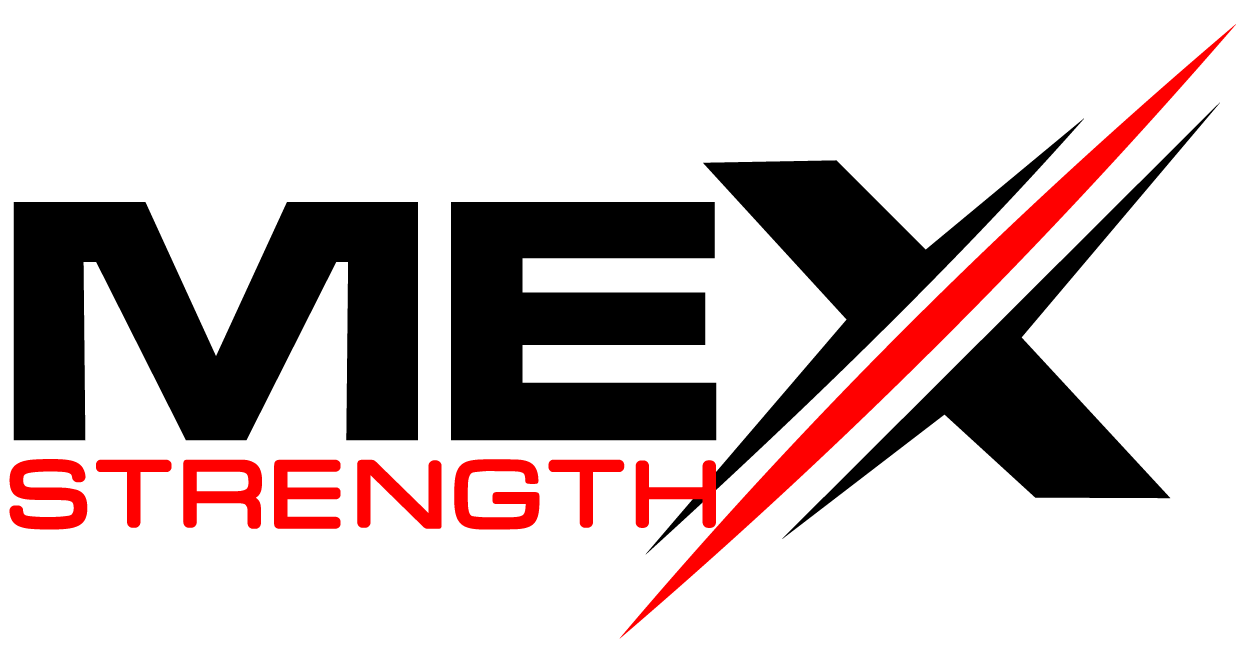As you may have noticed, many bodybuilders wear weightlifting belts during their workouts. These belts are usually made of leather or another durable material and are designed to support the lower back and core muscles during heavy lifts. But why do bodybuilders wear belts all the time? In this article, we will discuss the benefits of weightlifting belts and why they are a popular choice among bodybuilders.
What Are Weightlifting Belts?
Before we dive into the reasons why bodybuilders wear weightlifting belts, let’s first define what they are. Weightlifting belts are sturdy, adjustable belts that are worn around the waist and lower back to provide extra support and stability during heavy lifting exercises. They are typically wider in the back and taper down to a smaller width in the front, allowing for a comfortable fit and freedom of movement.
The Benefits Of Wearing A Weightlifting Belt
Now that we know what weightlifting belts are let’s talk about the benefits they provide for bodybuilders.
Increased Intra-Abdominal Pressure
One of the primary benefits of wearing a weightlifting belt is that it increases intra-abdominal pressure. This pressure is created by the compression of the abdominal cavity, which helps to stabilize the spine and prevent it from collapsing under heavy loads. When you wear a weightlifting belt, you can increase your intra-abdominal pressure by up to 40%, which can help you lift heavier weights and reduce the risk of injury.
Reduced Risk Of Lower Back Injuries
Another benefit of wearing a weightlifting belt is that it can help to reduce the risk of lower back injuries. By providing extra support and stability to the lower back, weightlifting belts can help to prevent hyperextension, which is a common cause of lower back injuries. Additionally, weightlifting belts can help to reduce the load on the lower back muscles, allowing you to lift heavier weights with less strain on your back.
Improved Lifting Technique
Wearing a weightlifting belt can also help to improve your lifting technique. By providing extra support and stability to your core, you can maintain a more upright posture during heavy lifts, which can help you to lift with better form and reduce the risk of injury. Additionally, weightlifting belts can help to prevent excessive forward lean, which is a common form of error that can put additional stress on the lower back.
When Should You Wear a Weightlifting Belt?
Now that we know the benefits of wearing a weightlifting belt let’s talk about when you should wear one.
Heavy Compound Lifts
Weightlifting belts are most commonly worn during heavy compound lifts, such as squats, deadlifts, and overhead presses. These lifts place a significant amount of stress on the lower back and core muscles, and wearing a weightlifting belt can help to provide extra support and stability during these movements.
Personal Preference
In addition to heavy compound lifts, some bodybuilders choose to wear weightlifting belts during other exercises or throughout their entire workout. Some bodybuilders find that wearing a weightlifting belt throughout their entire workout helps to maintain proper form and reduce fatigue, while others prefer to wear the belt only during their heaviest lifts.
Do Weightlifting Belts Limit Your Core Muscles?
One of the most common misconceptions about weightlifting belts is that they limit the development of core muscles. However, this is not entirely true. While weightlifting belts do provide extra support and stability to the core muscles, they do not completely take over the work of those muscles. In fact, weightlifting belts can actually help to develop stronger core muscles by allowing you to lift heavier weights and perform more reps with proper form. The increased workload on the core muscles during heavy lifts with a belt can lead to increased muscle growth and strength over time.
How To Choose The Right Weightlifting Belt?
Choosing the right weightlifting belt can make a significant difference in your lifting performance and overall safety. Here are some factors to consider when choosing a weightlifting belt:
Material
Weightlifting belts are typically made of leather, suede, or other durable materials. Leather belts are the most popular choice due to their durability, but suede and other materials can also provide adequate support and comfort.
Width
The width of a weightlifting belt can also vary, with most belts ranging from 4 to 6 inches in width. A wider belt will provide more support and stability, but may also limit mobility. A narrower belt may be more comfortable and allow for a greater range of motion, but may not provide as much support.
Buckle Or Lever
Weightlifting belts can come with either a buckle or a lever for closure. A buckle is the most common type of closure and is easy to adjust for a comfortable fit. A lever closure is more secure and allows for quick and easy adjustments, but may be more expensive.
Fit
When choosing a weightlifting belt, it is important to choose a size that fits properly. A belt that is too loose will not provide adequate support, while a belt that is too tight can restrict breathing and limit mobility. Measure your waist and choose a belt that corresponds to your size, and make sure to adjust it properly before each lift.
Wrapping Up
In conclusion, weightlifting belts are an important tool for bodybuilders and weightlifters of all levels. They provide extra support and stability during heavy lifts, reduce the risk of injury, and can help to improve lifting technique. When choosing a weightlifting belt, consider the material, width, closure type, and fit to ensure that you are getting the most out of your belt. With the proper use of a weightlifting belt, you can take your lifting to the next level and achieve your fitness goals safely and effectively. For more details visit our website.



